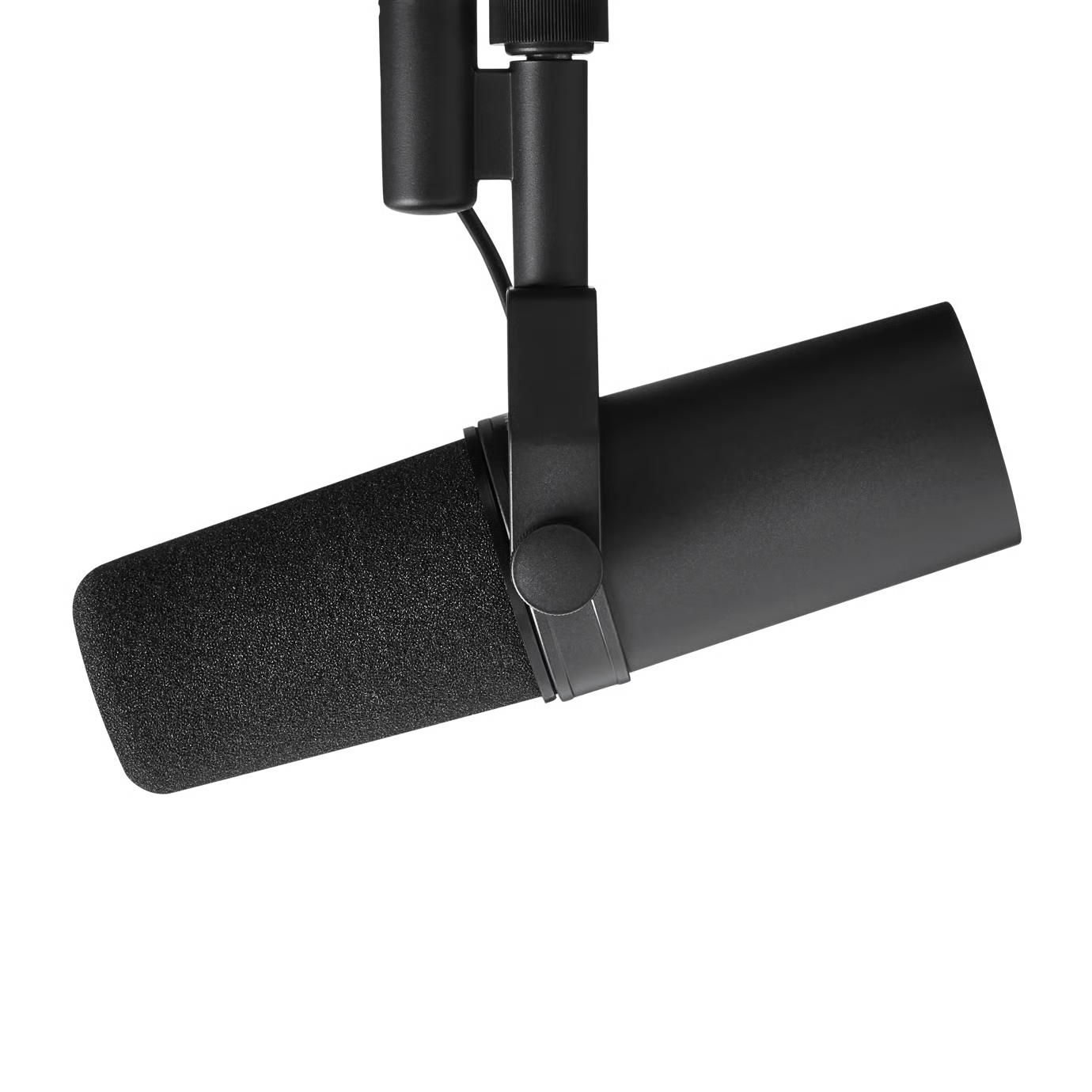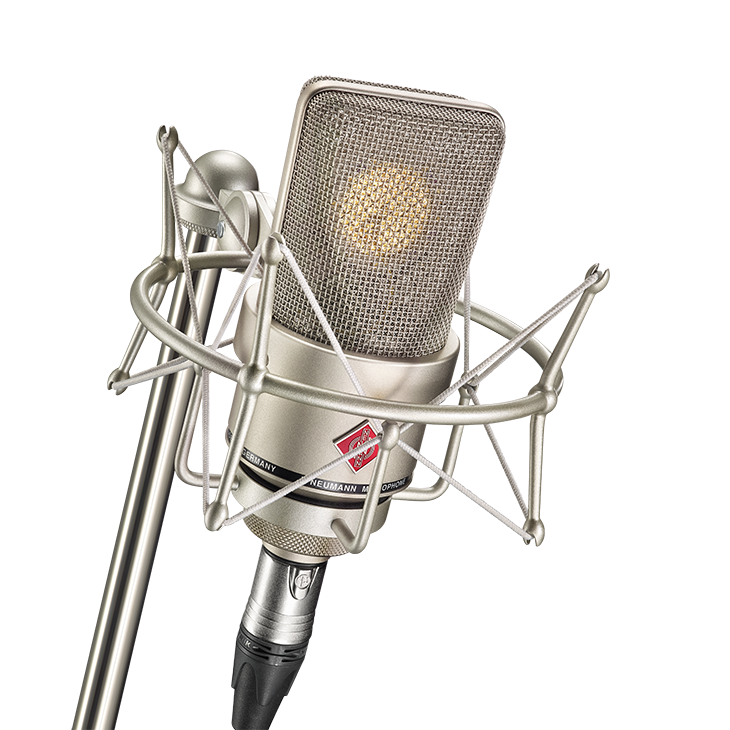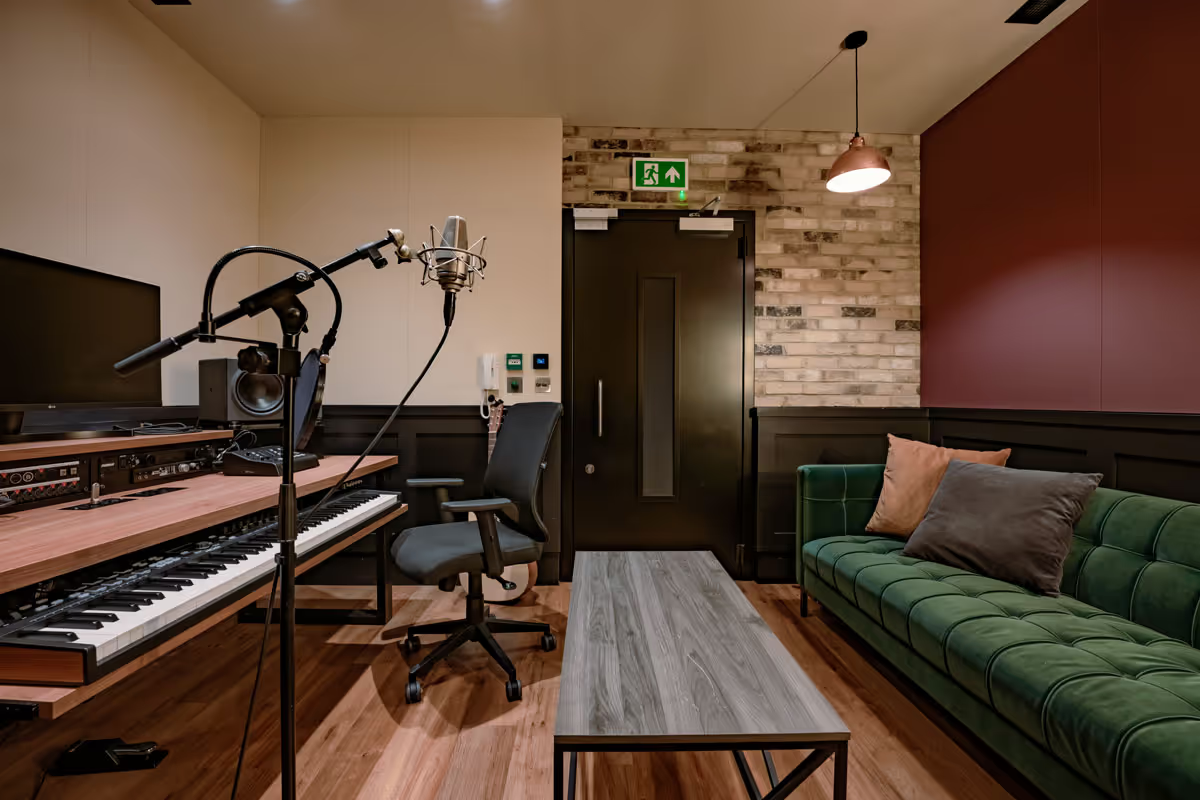What’s the Best Microphone for Singing?
A great vocal take starts with fit, not price. This guide was Informed by first hand tests and daily sessions in our London studios, and shows how to pick a mic that flatters your voice and suits your room or stage.
Quick answer: There is no single best singing mic. Start with your voice, your space, and your signal chain. In untreated rooms, choose a dynamic to control spill; in treated rooms, a large-diaphragm condenser often reveals more nuance. Test one or two contenders against the same passage, then decide with your ears.
What do we mean by best?
Best means the mic that captures your tone clearly, handles your volume without strain, and works with your recording or live setup. It should fit your budget, be reliable for the context, and need as little corrective EQ as possible.
At TYX Recording Studios in London, we work daily across industry standards and modern choices, helping artists match voice to the right microphone for recording and live shows. This guide uses no affiliate links. Our picks come from hands-on tests in our studios and the team’s daily session experience.
Quick pick checklist
What's the best vocal microphone for live performances?
Live vocals need mics that cut through, reject feedback, and survive the stage. Start with robust dynamics for most rooms, choose tighter patterns when wedges are close, and use a handheld condenser only if you have phantom power and solid technique.
Below, we break down the best vocal microphones, covering a range of vocal styles and needs.
Prices reviewed 14 October 2025
5 Popular live vocal microphones
Prices reviewed 14 October 2025
How to choose a live vocal microphone
- Loud stage or wedges close? Pick supercardioid or hypercardioid.
- Sing on the grille? KSM8 controls proximity effect.
- Want extra detail and have phantom power? AKG C5 or KMS 105.
- On a tight budget and want reliable? SM58.
Our quick A or B method
Record the same 15 second chorus at 20 cm into two shortlisted mics, match levels within 0.5 dB, then compare sibilance, plosives control, and breath detail on headphones and monitors
What’s the best vocal microphone for studio recording?
Studio recording needs vocal microphones that capture nuance while controlling room tone. In treated spaces choose a large diaphragm condenser for detail. In untreated rooms favour a dynamic to tame reflections.
Plan for gain, headroom, and phantom power before you pick. Below, we break down the best studio vocal microphones by voice type, room, and budget.
Prices reviewed 14 October 2025
*SM7B requires significant gain; often paired with a Cloudlifter or the newer SM7dB with built-in preamp.
5 Popular studio vocal microphones
Prices reviewed 14 October 2025
Bonus picks
Lewitt Pure Tube: new tube condenser with extremely low self-noise, around £1,300, $1,499.
Universal Audio SD-1: broadcast-style dynamic, £280, $299..
Warm Audio WA-47jr: affordable U47-inspired condenser, roughly £300, $299.
How to choose a studio vocal microphone
- Is your voice bright or sibilant? Try smoother condensers like Neumann TLM 102/103 or Rode NT1.
- Is your voice deep or warm? Use a dynamic like Shure SM7B to keep weight without muddiness.
- Need one mic for many styles? Pick a multi-pattern condenser such as AKG C414 for flexibility.
- Recording in an untreated or noisy room? Use dynamics like SM7B or SM7dB to cut room spill. In treated rooms, condensers excel.
Power reminder
- All condenser vocal mics need 48 V phantom power.
- Dynamics (like SM7B/SM7dB) don’t need phantom, but may require more gain than a standard interface provides.
USB vs XLR for home recording

Choosing between USB and XLR vocal microphones for home recording is about setup and growth. For a first vocal mic, a good USB vocal mic keeps things simple with plug-in power and direct monitoring, and can deliver excellent sound quality when the room is quiet.
If you want studio sound and room to upgrade, XLR vocal mics are the industry standard: pair one with an audio interface, add better preamps later, and capture more detail as your needs change. In small untreated spaces with ambient noise and background noise, a dynamic XLR often keeps spill lower than a budget condenser.
If you already own an interface, go XLR. If not, start USB, learn the mic, and upgrade when you are ready.
Popular USB vocal microphones
- Rode NT1 5th Gen. Dual USB-C and XLR, 32-bit float, onboard DSP.
- Audio-Technica AT2020USB-X. 24-bit 96 kHz, headphone jack with mix control and mute.
- Shure MV7+. Hybrid USB-C and XLR, Auto Level Mode, denoiser, LED touch panel.
Popular XLR vocal microphones
- Shure SM7B. Dynamic cardioid that needs around +60 dB of clean gain or a booster.
- Audio-Technica AT2020 (XLR). Budget cardioid condenser. Requires phantom power.
- Aston Origin. UK-built cardioid condenser with clear, natural capture. Requires phantom power.
Additional considerations and accessories
Shock mounts
Isolate the mic from stand noise and vibrations. They stop rumbles and bumps reaching the capsule and help keep takes clean.
Pop filters
Placed in front of the mic to diffuse plosives from “P” and “B.” They prevent harsh bursts of air hitting the mic, giving smoother and more natural vocals.
Audio interfaces
Convert mic signals into digital audio. A good interface preserves detail and dynamics, making recordings sound clear and professional.
Phantom power
Condenser vocal mics need 48 V phantom power to work. It enables them to capture nuance and range, while dynamics do not require it.
Switchable polar patterns
Some condensers allow switching between cardioid, omni, and figure-8. This gives flexibility when recording duets, groups, or instruments in different spaces.
So how do you choose?
With so many options available, selecting the ‘right’ microphone can be tricky. Finding one that suits your vocal characteristics and the specific demands of your environment is essential.
This choice significantly impacts the sound quality of your vocals, influencing both your performance and the listener’s experience.
No single mic suits everyone. This guide can serve as a useful starting point, but the proof in the pudding comes when you test.
You can A or B test several mics in a TYX session to hear what truly fits your voice. Ultimately, it’s up to you to figure that out and choose a microphone that blends with your voice, room, and recording chain.
How does a microphone work?
To understand how microphones transform sound into electrical signals, let’s look at the basics of their operation. At their core, microphones consist of a diaphragm that vibrates in response to sound waves. These vibrations are then converted into electrical signals by various methods, depending on the type of microphone.
Dynamic microphones use a coil moving within a magnetic field, while condenser microphones employ a capacitor whose capacitance changes with the vibrations. This process enables the capturing and reproduction of sound, allowing it to be amplified, recorded, or transmitted.
What’s unique about recording the human voice?
Recording singing involves capturing the intricate dynamics and emotional expression of the voice. This process demands a microphone that can faithfully reproduce the broad range of frequencies and intensity levels of singing, from the subtle to the powerful.
A microphone designed for vocal recordings should ensure clarity, preserve the singer’s distinct timbre, and handle the dynamic shifts in volume and pitch without losing fidelity. This precise capture (or rather recording) of singing nuances is critical for conveying your intended emotional and artistic expression.
Understanding polar patterns

When it comes to recording vocals or any sound, the polar pattern of a microphone plays a crucial role. Think of polar patterns as the microphone’s listening shape; they determine how it “hears” the sound around it. Imagine you’re standing in the centre of a circle, and the microphone is at the centre, too. The shape of that circle represents the polar pattern.
7 of the most common polar patterns you’ll encounter
Dynamic vs condenser for vocals: what actually changes and when to pick
To better understand the types of microphones available and their impact on vocal performance, we need to look at the distinct characteristics of dynamic and condenser microphones. This understanding will help you match a microphone to your vocal style, performance, or recording environment.
Generally speaking, condenser microphones are used for studio recording, while dynamic for live vocals. However, there are no fixed rules when it comes to creativity, and it very much depends on what kind of sound you’re seeking.
Dynamic microphones: The go-to for live performances

A dynamic vocal microphone is a trusty ally for singers facing the rigorous demands of live performances. The dynamic mic is renowned for its resilience against high sound pressure levels and minimal handling noise, are perfectly suited for the energy of live vocal performances.
Famous for its robustness, the dynamic microphone ensures vocalists can deliver powerful performances without worrying about the durability of their equipment.
Condenser microphones: Capturing studio precision

For recording vocals in the studio, condenser mics are unmatched. They excel in capturing the full spectrum of the human voice, from the softest whisper to the most powerful note, with crystal clear sound quality. This is also why a condenser mic is often used to record acoustic instruments,
These vocal mics, with their superior sensitivity and wide frequency range, are essential for artists aiming to record vocals with depth, clarity, and precision. The condenser mic’s ability to pick up the subtle nuances of vocal performances (or acoustic guitars) makes them a favourite in recording environments.
Factors to consider when choosing a vocal microphone
.png)
Choosing a vocal mic is more than picking between dynamic and condenser. A few core factors shape how your voice is captured on stage and in the studio.
Audio transparency
If you want your voice recorded without added colour, look for a mic that delivers natural, uncoloured sound. This ensures the recording reflects your tone as it really is.
Frequency response
The frequency range a mic emphasises or reduces affects how vocals sit in a mix. Microphones with a relatively flat response are often preferred in studios, as they capture vocal nuances with minimal coloration.
Note: No microphone is perfectly flat; most are tuned to emphasise certain frequencies. The key is choosing one that flatters your voice without exaggerating problem areas
Handling noise
For live work, choose a mic that reduces bumps and vibrations from the stand or your hand. This keeps the focus on your performance, not unwanted thuds.
Durability
Touring and regular gigging put mics under pressure. A solid build means your microphone will last longer and stay reliable.
Plosives and wind noise
A mic that controls strong bursts of air makes vocals smoother. Many have built-in filters, and adding a pop filter improves results further.
Feedback rejection
In live settings, feedback control is critical. Cardioid and supercardioid patterns focus on the source and reduce spill from monitors and stage noise.
These factors help narrow your options. From there, testing will show which mic best suits your voice and the spaces you perform in.
Mic technique cheat sheet
Conclusion
The right vocal microphone shapes how your voice connects with listeners, but there’s no single “best” choice. What matters is understanding how different mic types respond to tone, space, and style, and then matching that to your goals in the studio or on stage.
Dynamics can tame a loud room, condensers can capture nuance, and premium models unlock detail that stands out in a professional mix.
Knowing how these tools work is what separates a good recording from a great one. The artists who thrive are the ones who make informed decisions about their sound and use the gear as an extension of their performance.
World-class recording studios in London

At TYX Recording Studios in London, we know that finding the right vocal microphone is only part of the journey. Every artist’s voice responds differently, and that’s why our engineers work with you in the studio to match your style to the right gear.
From treated live rooms to professional vocal booths, and from mixing to mastering, our spaces are designed to bring out the best in your performance.
If you’d like advice on microphones or want to see how TYX can support your music career, get in touch.
Frequently Asked Questions
We typically recommend condenser microphones for studio recordings due to their superior sensitivity and ability to capture a wide range of frequencies. They're ideal for the detailed sound production required in a studio setting.
Absolutely, a pop filter is crucial for any recording setup. It serves to minimise plosives – those harsh "p" and "b" sounds that can create unwanted spikes in your audio. By filtering these out, you ensure your vocal tracks are clear and professional. This simple tool is vital for maintaining the integrity of your recordings.
A mixer is line line-level output. A line level is usually about 1000 times stronger than a mic output.
Pick a condenser mic for vocals and acoustic instruments. Use dynamic mics for loud sources like electric guitar amps or drums.
Beyond studio work, TYX Studios fosters networking opportunities with producers, tour managers, and other artists, crucial for expanding your professional circle.
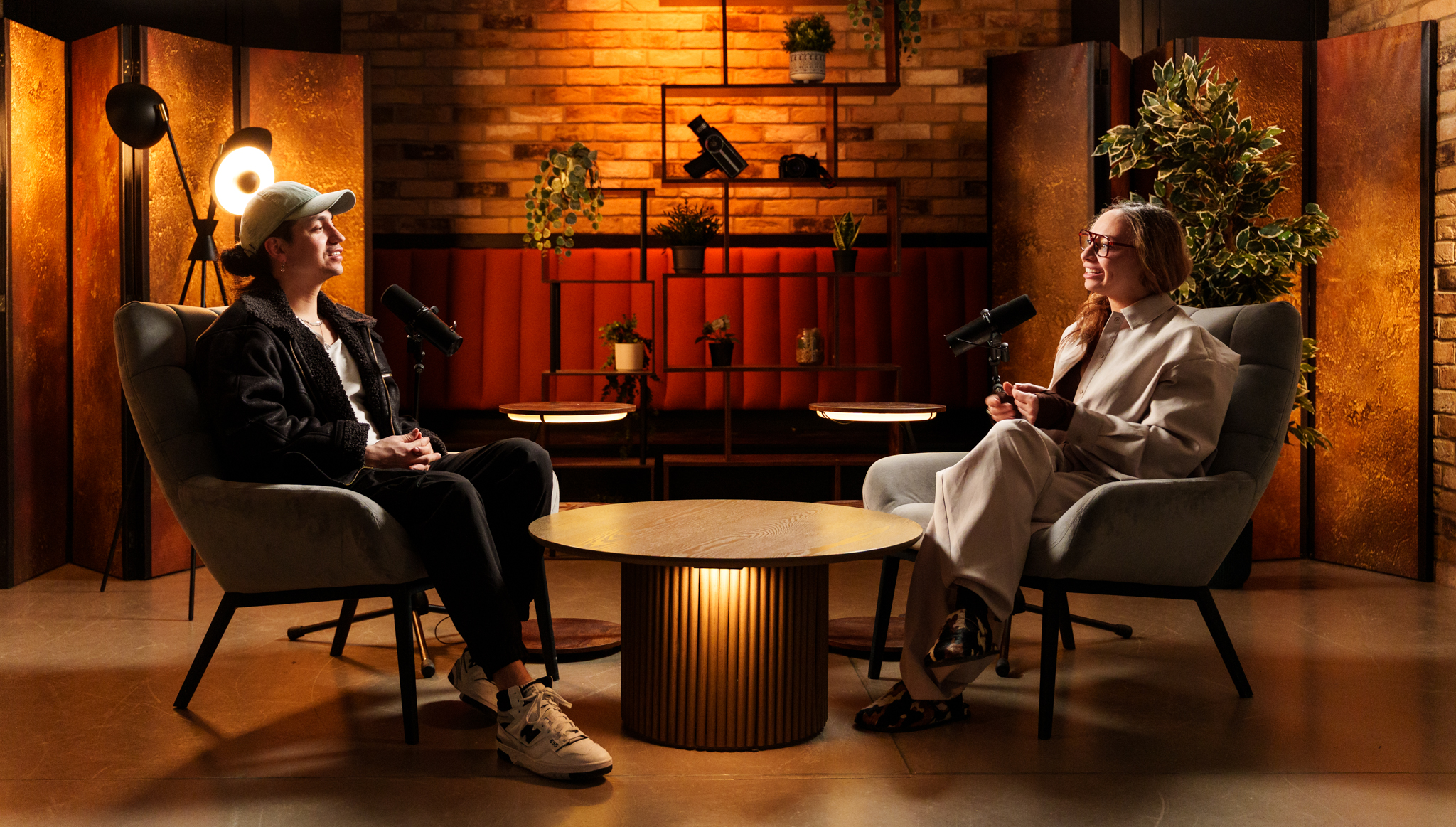
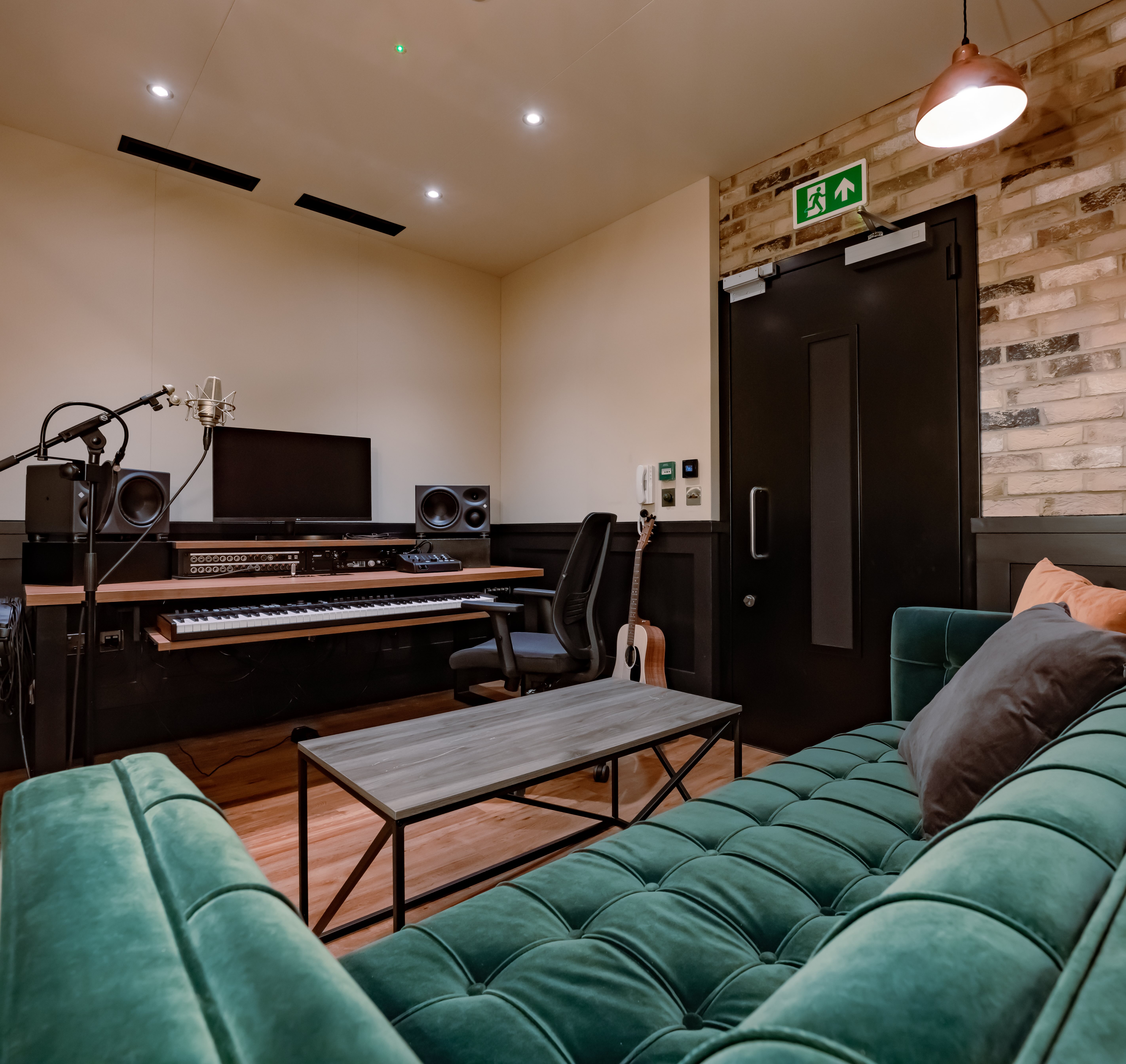














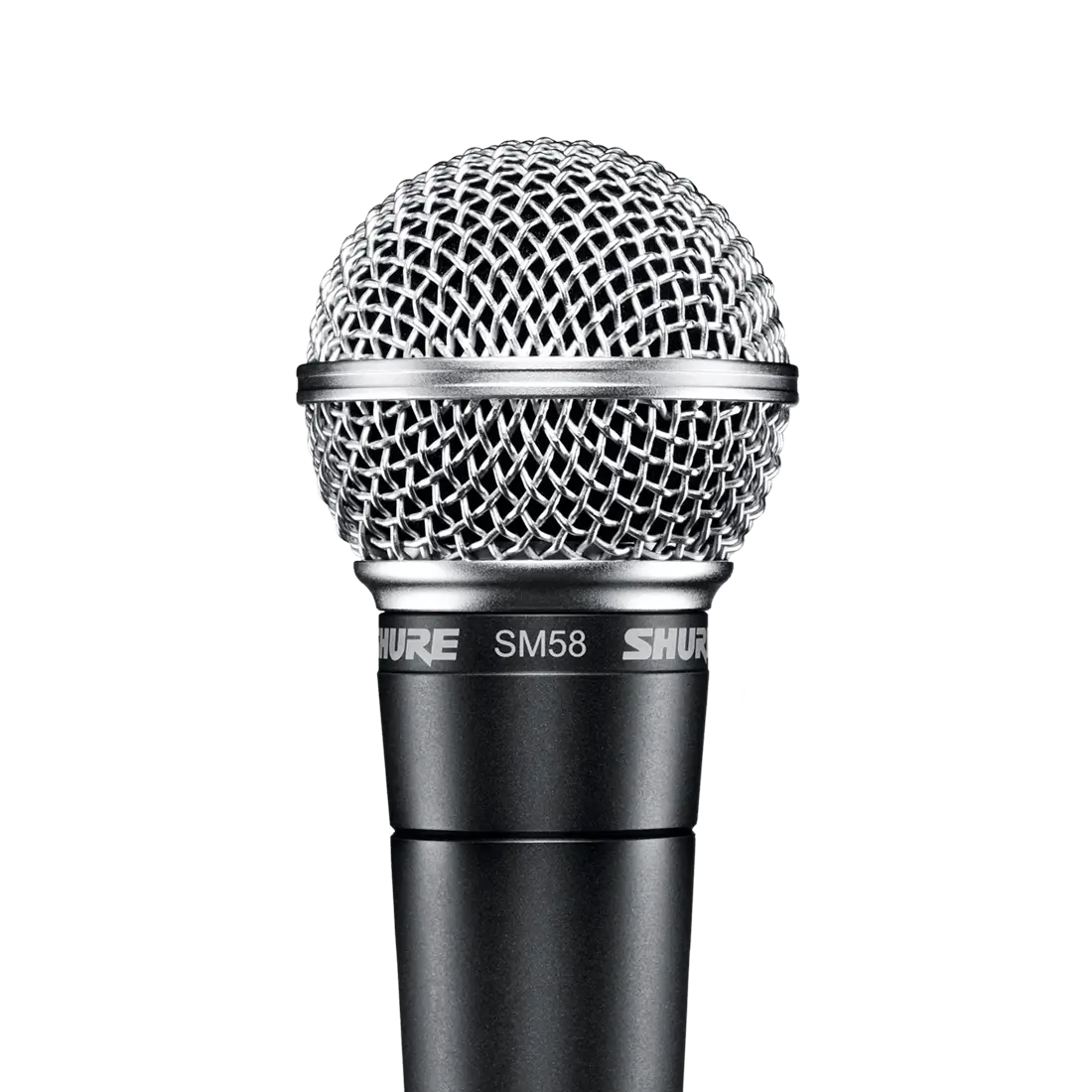

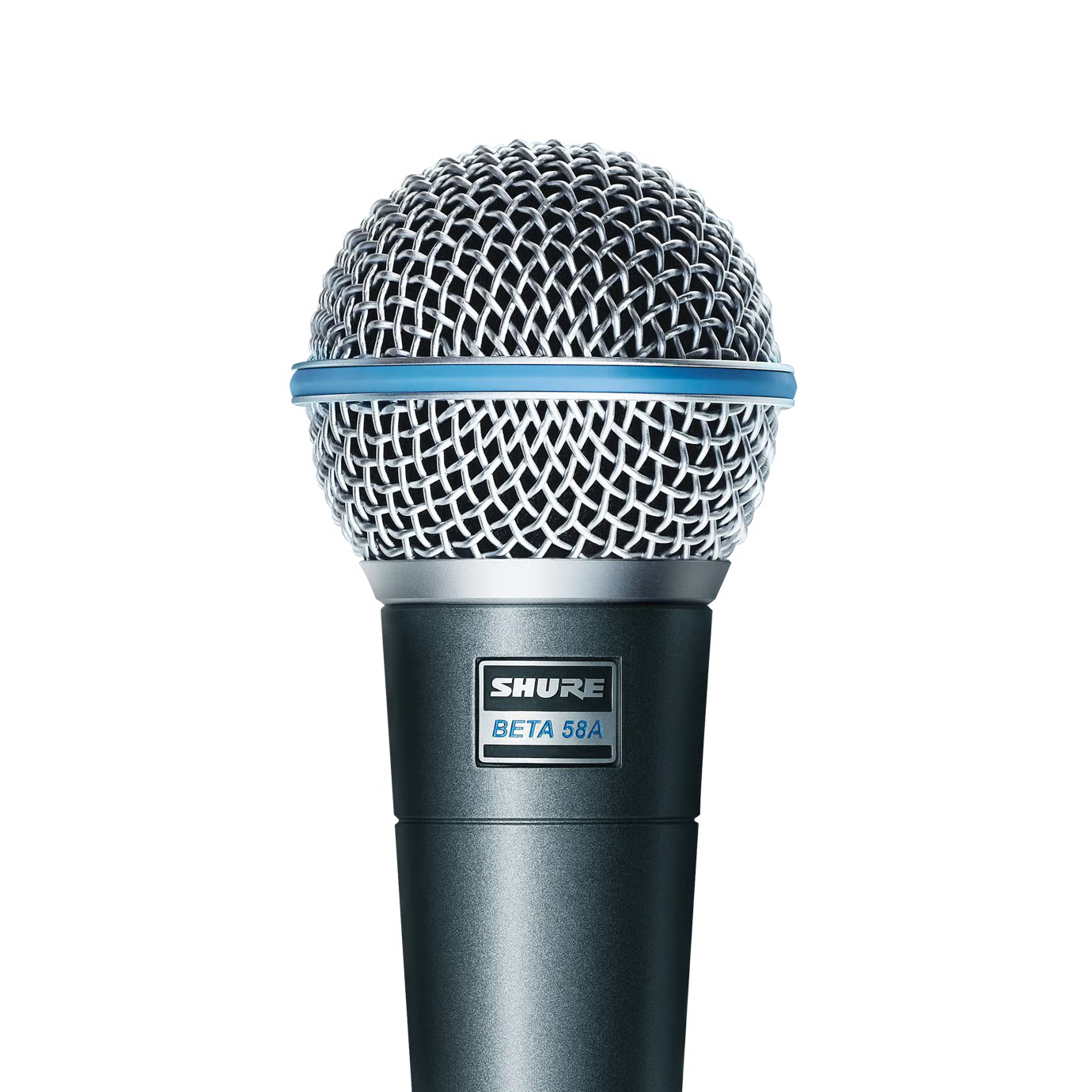
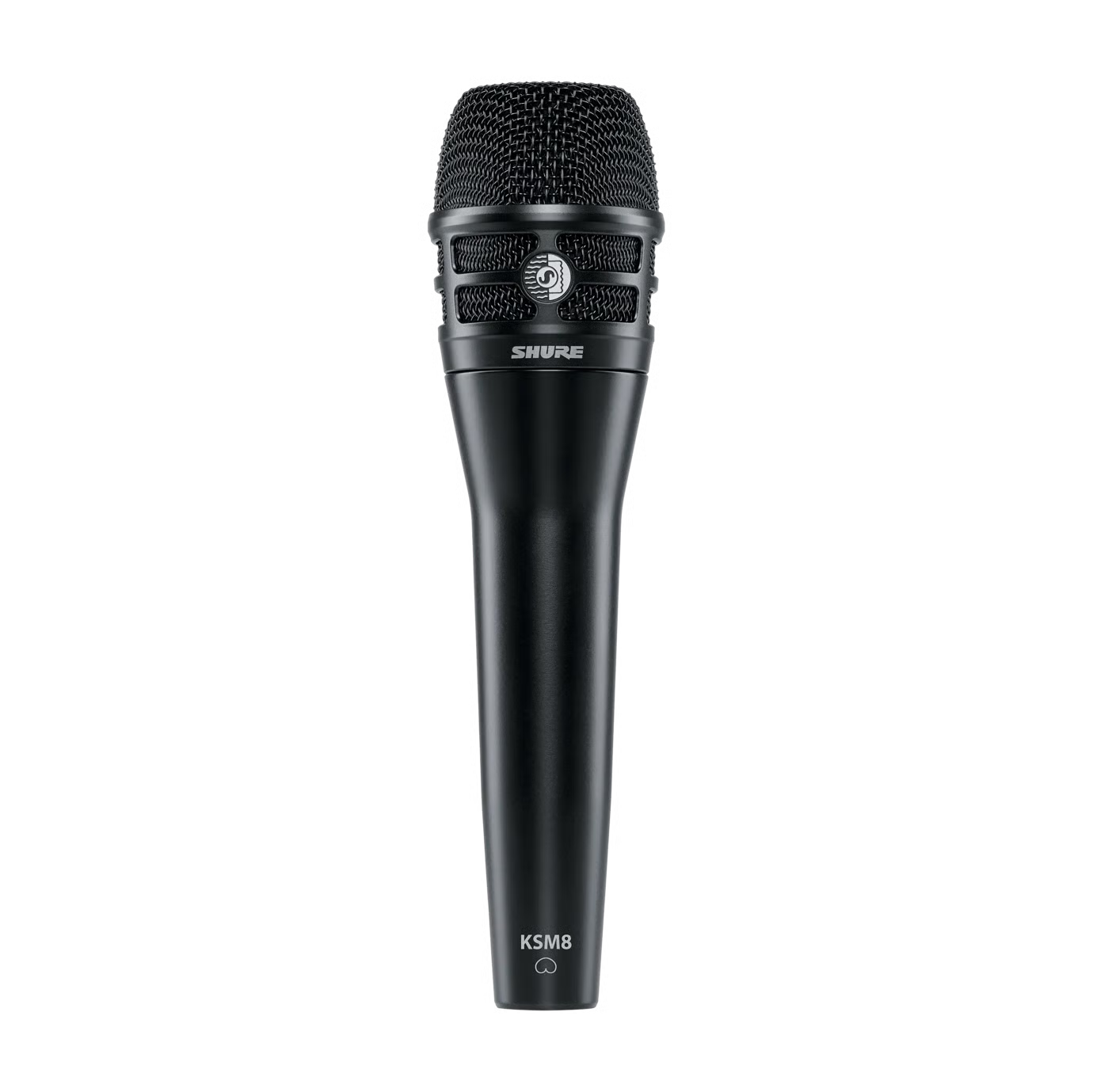
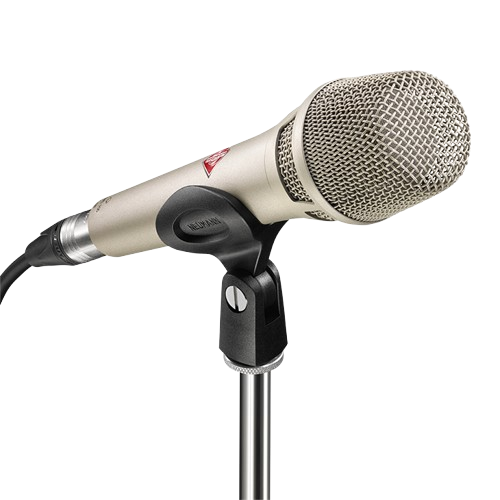
.png)

